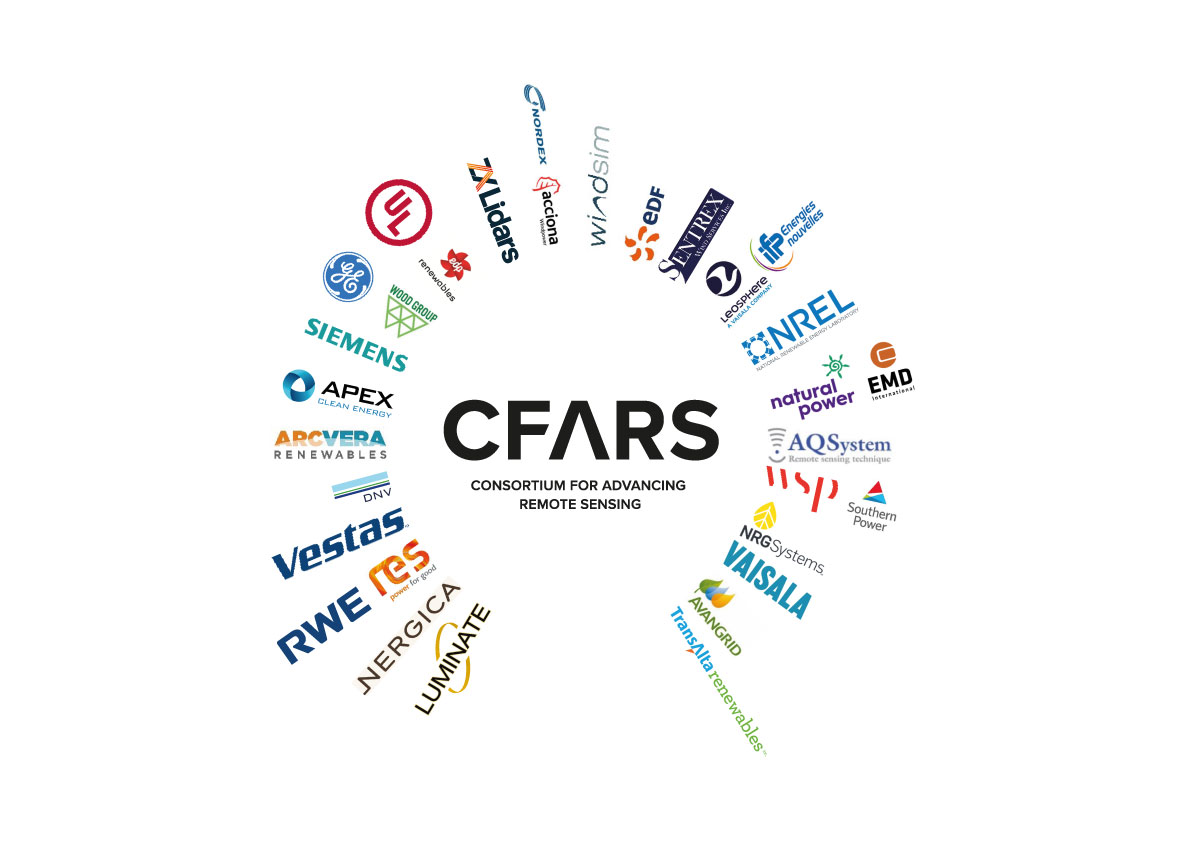
The Consortium for Advancing Remote Sensing is a broad wind energy industry consortium on a mission to accelerate adoption of remote sensing devices (lidar and sodar) for wind energy applications.
Remote sensors are a disruptive technology, with the potential to (1) increase the speed and safety of wind energy development by elimination of meteorological masts, and (2) decrease uncertainties in wind energy development and operations through better measurements of the planetary boundary layer. Widespread adoption of remote sensors supports rapid decarbonization of the world’s energy grid, a key part of the global effort to avert the worst outcomes of climate change.
Want to get involved?
CFARS is divided into Scientific Working Groups and Guidance Working Groups. The Science WGs research specific wind energy remote sensing use cases. This research is disseminated via white papers, open source tools, and presented at global wind energy conferences. The goal of this research is to advance collective industry knowledge about remote sensors, enabling data-driven consensus Best Practices and Industry Standards in the targeted use cases. If you are interested in participating in the Science Working Groups, please reach out directly to the Subgroup leaders via email.
The Guidance WG surveys the industry to determine the most impactful topics to research, feeding these findings to the Science WGs, and then distilling the Science WG research results into new Best Practice documents and Position Statements. Guidance maintains this website, collecting Best Practices from other wind industry actors (IEA Wind Task 32, IEC - TC 88, independent, engineering firms, CarbonTrust, et al) and linking to Best Practices and activities of other groups via the Landscape of RSD Use Cases page. The Use Case pages are continuously updated as they evolve towards adoption. If you are a developer looking for Best Practices on lidar or sodar usage, the Use Cases and Proceedings are a good place to start.